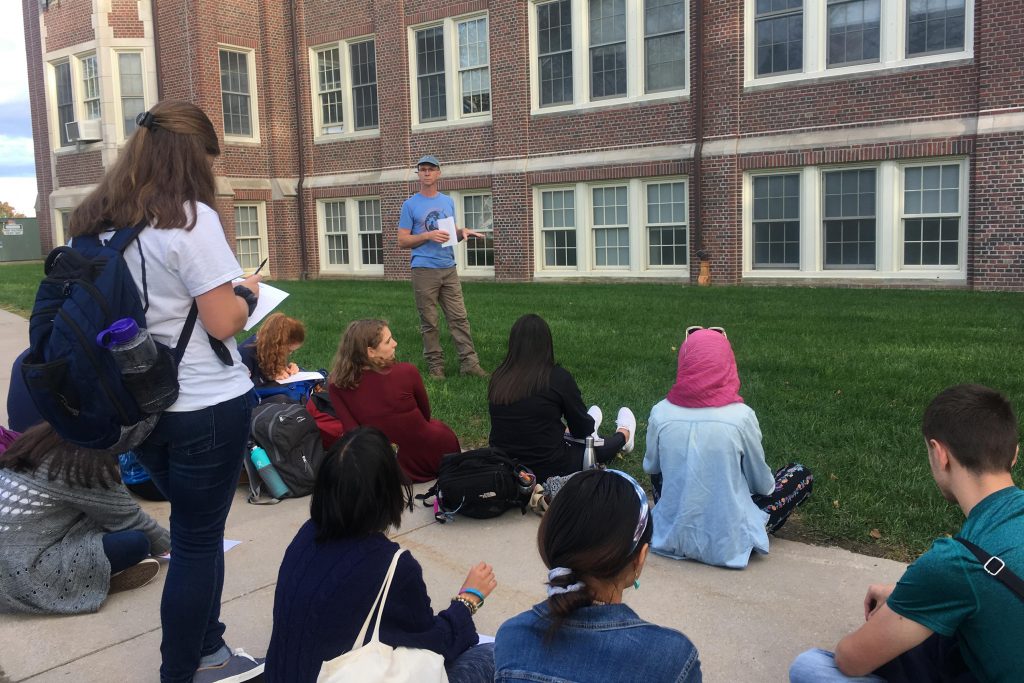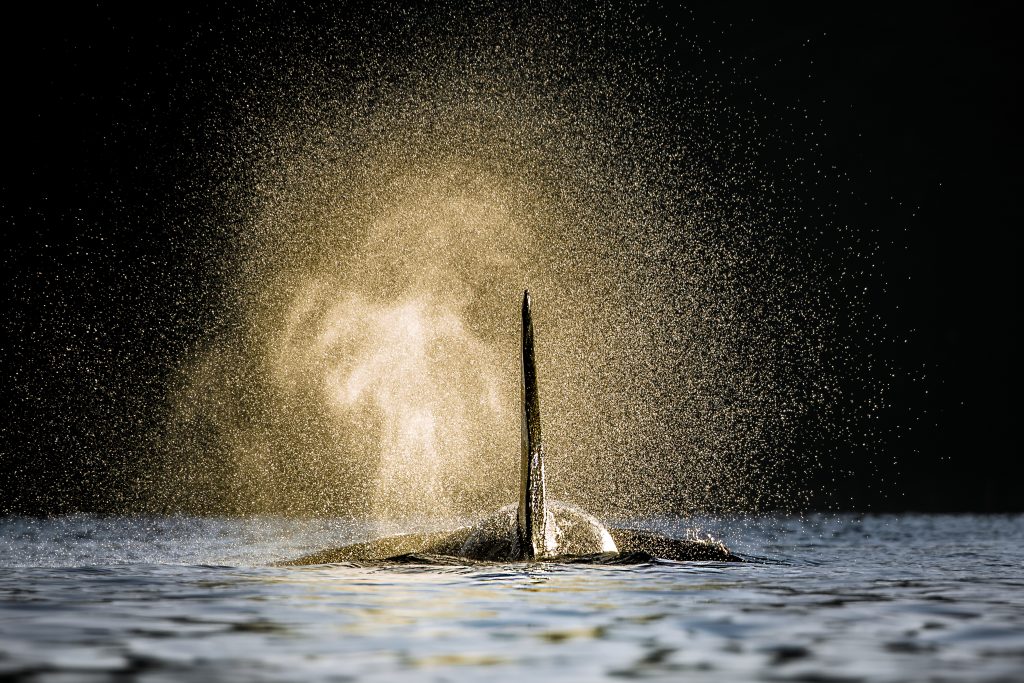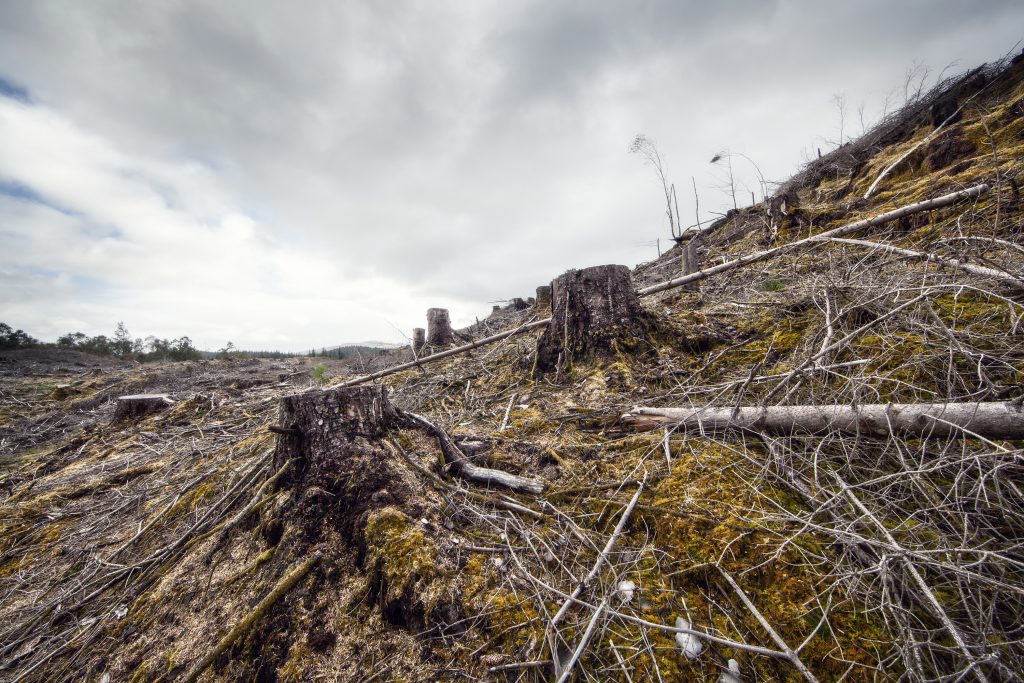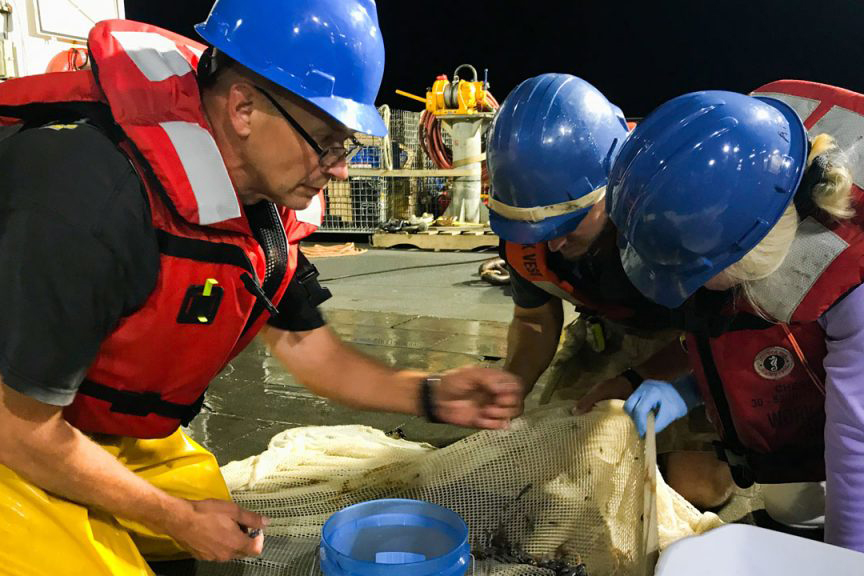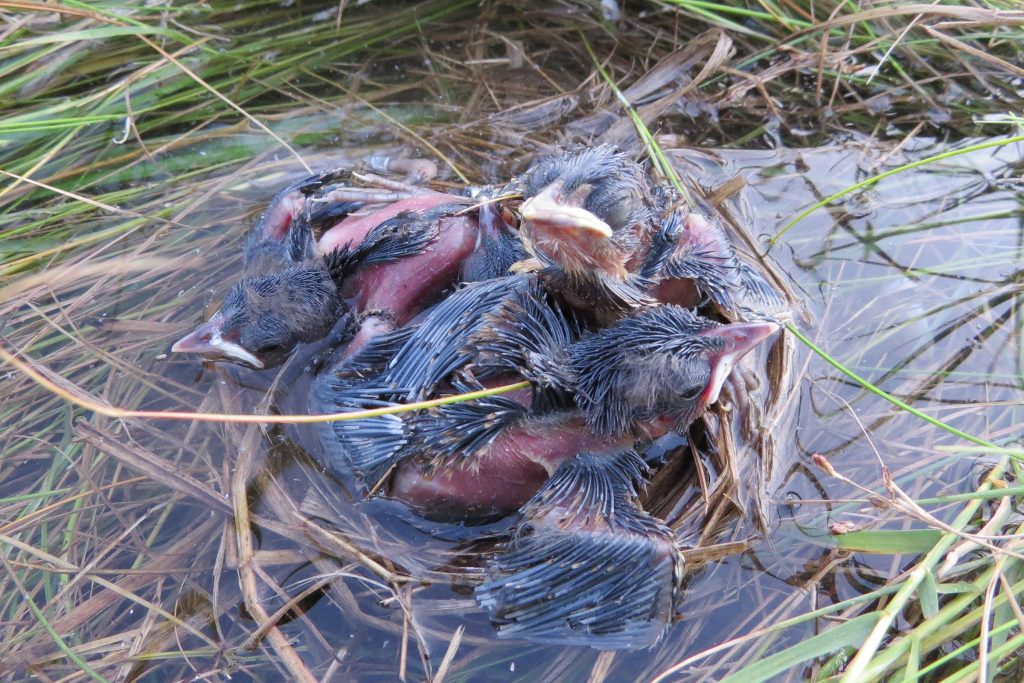
Elaina Hancock
Author Archive
Climate Corps Seeks to Make Impact in Connecticut’s Communities
A service learning course enlists students to help the state's communities respond and adapt to climate change through the UConn Climate Corps.
October 10, 2018 | Elaina Hancock
The Impact of Hurricanes on the Ecosystem in Puerto Rico
Ecologist Michael Willig is examining the impact of Hurricane Maria on the snail population of Puerto Rico, a population that itself plays a critical role in the process of recovery from hurricanes.
October 8, 2018 | Elaina Hancock, with illustrations by John Bailey, University Communications
PCB Pollution Threatens to Wipe Out Killer Whales
More than 40 years after steps were first taken to ban the use of PCBs, these pollutants remain a deadly threat to animals at the top of the food chain.
September 27, 2018 | Peter Bondo, Aarhus University
Nature Needs People and Here’s Why
Ecologist Robin Chazdon argues that while nature can play an important role in mitigating climate change, concerted human interventions are also essential.
September 18, 2018 | Robin Chazdon, Department of Ecology and Evolutionary Biology
More Ships and More Clouds Mean Cooling in the Arctic
A new study suggests that growth of trans-Arctic shipping and the accompanying increase in emissions may offset some of the overall warming trend in that region.
September 17, 2018 | Elaina Hancock
Snapshot: Ann Bucklin in the Ocean Twilight Zone
Marine sciences professor Ann Bucklin recently joined a research team exploring the deep waters off New England.
September 14, 2018 | Elaina Hancock
Insects Coping with Climate Change
Entomologist David Wagner says the number of insect species in Connecticut is increasing due to climate change. That's good news and bad.
September 13, 2018 | Elaina Hancock
UConn Joins Coalition of Universities Working Against Climate Change
UC3 aims to promote climate action and resilience by leveraging the strengths and skill sets of its member schools.
September 12, 2018 | Elaina Hancock
Snapshot: Natalie Munro in Israel
Anthropology professor Natalie Munro shares her photos from an archaeological dig in Southern Levant.
August 31, 2018 | Elaina Hancock
Rapid Change – A Tale of Two Species
Climate change is creating winners and losers. UConn researchers are studying two Connecticut examples.
August 29, 2018 | Elaina Hancock, videos by Samantha Apgar
